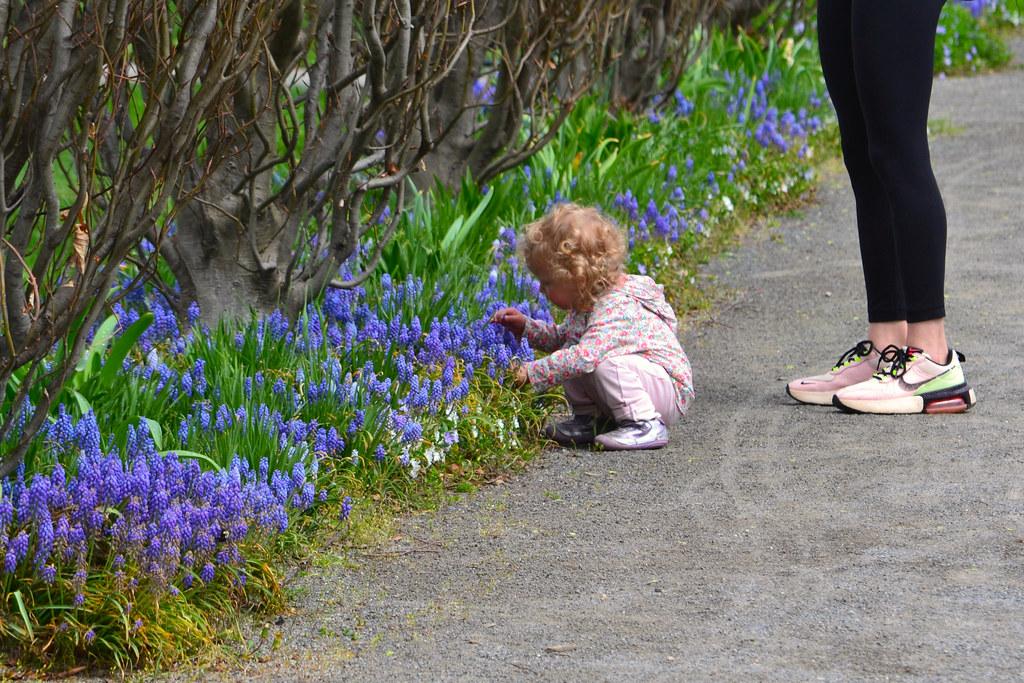In the hustle and bustle of modern life, stress often becomes an unwelcome companion, quietly eroding our peace of mind and overall well-being. Whether it’s the relentless demands of work, personal challenges, or the myriad of responsibilities we juggle daily, stress can feel overwhelming and unmanageable. However, guided meditation offers a beacon of hope and tranquility amidst this chaos. This article aims to provide you with practical tips on how to harness the power of guided meditation to calm stress and cultivate a sense of inner peace. With an empathetic approach, we will explore techniques that are not only easy to incorporate into your daily routine but also profoundly transformative. Let’s embark on this journey together, embracing a path toward serenity and balance.
Creating a Tranquil Environment for Effective Meditation
Creating a space that invites peace and serenity is key to enhancing your meditation practice. To begin, consider decluttering your meditation area. A tidy environment helps to clear the mind and reduce distractions. Aim for a minimalistic approach where only the essentials are present.
- Choose calming colors for your surroundings, like soft blues or gentle greens, to promote relaxation.
- Incorporate natural elements such as plants or stones to bring a touch of nature indoors.
- Use soft lighting, like candles or a dim lamp, to create a soothing ambiance.
Sound plays a crucial role in setting the mood. Consider incorporating gentle background music or nature sounds to mask any disruptive noise. Experiment with essential oils or incense for a multi-sensory experience; lavender and sandalwood are known for their calming properties.
| Element | Purpose |
|---|---|
| Plants | Boosts air quality and connects you to nature |
| Soft Lighting | Creates a relaxing atmosphere |
| Essential Oils | Enhances focus and tranquility |

Mastering Breathing Techniques to Soothe the Mind
Embracing the power of breath can be a transformative experience for anyone seeking solace from the whirlwind of daily stress. By consciously guiding your breath, you can create a profound impact on your mental well-being. Here are some techniques to help you cultivate this skill:
- Deep Diaphragmatic Breathing: This involves inhaling deeply through your nose, allowing your abdomen to expand fully. Hold the breath for a few seconds before exhaling slowly through your mouth. This technique helps to activate the parasympathetic nervous system, promoting relaxation.
- 4-7-8 Breathing: This method involves inhaling for four counts, holding the breath for seven counts, and exhaling for eight counts. Practicing this regularly can reduce anxiety and improve sleep quality.
- Alternate Nostril Breathing: Known as Nadi Shodhana in yoga, this technique involves breathing through one nostril at a time. It helps to balance the mind and is particularly effective in reducing stress.
For those interested in tracking their progress or understanding the benefits of each technique, consider using a simple table to document your experiences:
| Technique | Duration | Effects Noted |
|---|---|---|
| Deep Diaphragmatic Breathing | 5 minutes | Calming, reduced heart rate |
| 4-7-8 Breathing | 3 minutes | Relaxation, improved focus |
| Alternate Nostril Breathing | 7 minutes | Balanced energy, clarity |
Remember, the journey to mastering these techniques is personal and unique. Be patient with yourself, and allow your breath to guide you to a place of inner peace.

Harnessing Visualization for Deep Relaxation
One of the most effective ways to achieve deep relaxation is through visualization techniques. By creating vivid mental images, you can transport yourself to a place of tranquility, far from the stresses of daily life. Here are some tips to enhance your visualization practice:
- Choose a Calming Scene: Imagine a place where you feel completely at peace, whether it’s a serene beach, a quiet forest, or a cozy room. Use all your senses to bring this scene to life in your mind.
- Engage Your Senses: Incorporate the sound of waves, the scent of pine, or the warmth of a gentle breeze. Engaging multiple senses helps to anchor you in the moment and deepen your relaxation.
- Practice Regularly: Like any skill, visualization improves with practice. Dedicate a few minutes each day to immerse yourself in your chosen scene, and you’ll find it easier to access this state of calm when needed.
| Visualization Element | Benefits |
|---|---|
| Imagery | Enhances focus and promotes a sense of peace. |
| Sound | Encourages deep relaxation and reduces stress levels. |
| Scent | Triggers positive memories and emotional balance. |
By incorporating these visualization elements into your meditation practice, you can create a powerful tool for managing stress and fostering a sense of inner calm. Remember, your mind is a sanctuary; with a little practice, it can become your most peaceful retreat.

Incorporating Mindfulness Practices into Daily Life
Integrating mindfulness into your daily routine doesn’t have to be a daunting task. By making small, intentional changes, you can cultivate a more peaceful and centered lifestyle. Here are some practical tips to help you bring mindfulness into your everyday activities:
- Start with your breath: Take a few moments each day to focus on your breathing. Whether you’re waiting for your coffee to brew or sitting in traffic, use these opportunities to practice deep breathing. Inhale slowly, hold your breath for a few seconds, and then exhale completely. This simple practice can help ground you and reduce stress.
- Mindful eating: Instead of rushing through meals, take the time to savor each bite. Notice the flavors, textures, and aromas. Eating mindfully not only enhances your dining experience but also promotes better digestion and a greater appreciation for the food you consume.
- Gratitude journaling: At the end of each day, jot down three things you’re grateful for. This practice shifts your focus from stressors to positive aspects of your life, fostering a sense of contentment and peace.
To further assist you in managing stress, here’s a simple table of mindfulness practices you can incorporate into different parts of your day:
| Time of Day | Mindfulness Practice |
|---|---|
| Morning | Set an intention for the day |
| Afternoon | Take a mindful walk |
| Evening | Engage in a guided meditation |
Remember, mindfulness is a journey, not a destination. Be patient with yourself as you explore these practices, and know that each step you take towards mindfulness is a step towards a more serene and balanced life.




